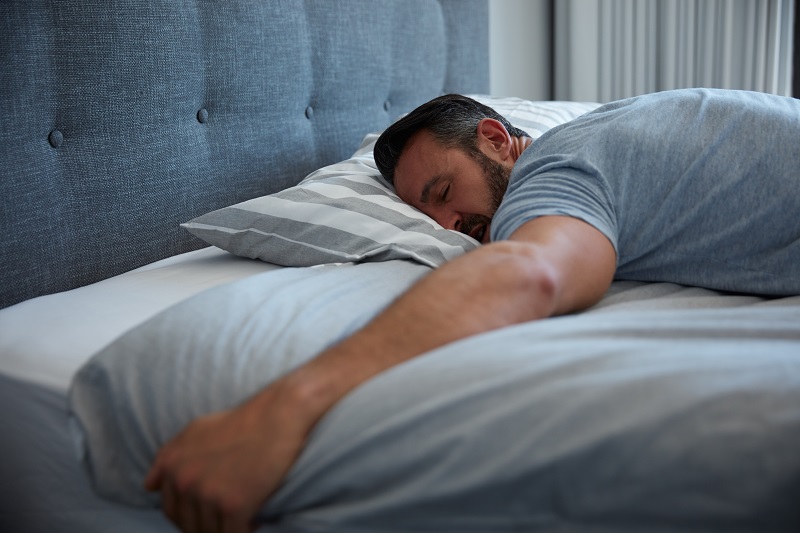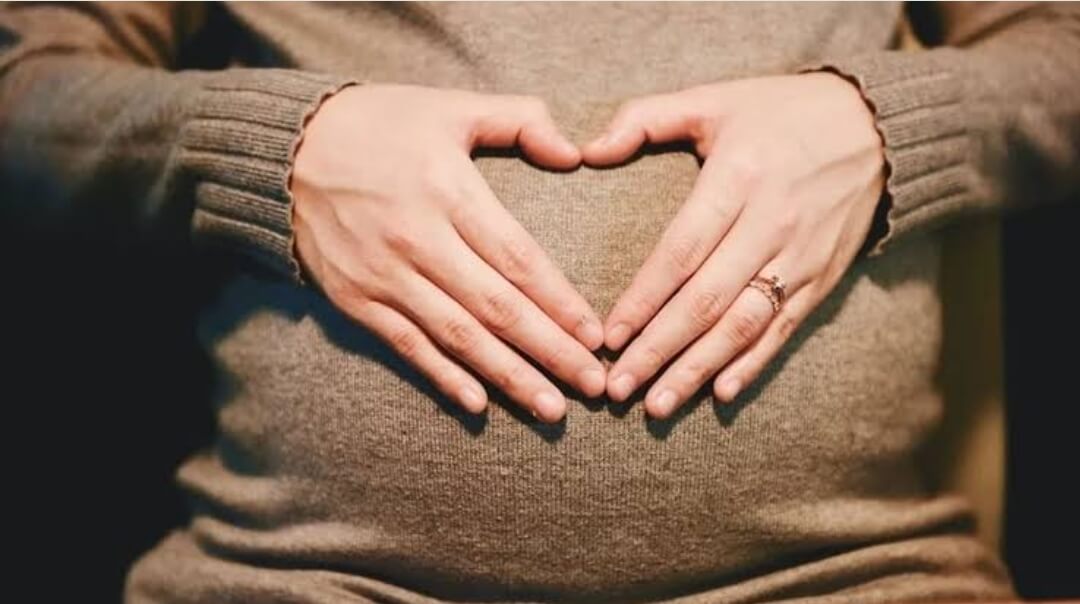
Non-pharmacological interventions on anxiety, depression, and sleep
Non-pharmacological sleep interventions were effective in reducing anxiety and sleep-related thought procedures, and those advantages have been greater substantial in patients with anxiety, consistent with a recent meta-evaluation. Prior to the pandemic, records from the National Institute of Mental Health confirmed that 19.1% of all U.S. adults had a tension disorder, with the incidence of those conditions greater common in women than men (23.4% vs. 14.3%). Also, 31.9% of all U.S. adolescents have had a tension disorder, with a better incidence amongst girls than boys (38% vs. 26.1%). In a meta-analysis carried out during the early days of the pandemic — overdue 2019 until August 2020 — the pooled incidence of anxiety among adults and youngsters global was 47% and 20.5%, respectively.
A vector picture of someone sleeping text that reads approximately one-0.33 of adults in Western countries experience a sleep problem at the least as soon as a week. Sleeping problems also are common, with approximately one-third of adults in Western nations experiencing a nap hassle at the least as soon as a week, Alex Catherine Staines, DClinPsy, MSc, of the branch of scientific psychology on the Norwich Medical School on the University of East Anglia in the United Kingdom, and associates wrote. They stated that preceding studies’ efforts inspecting sleep interventions have restricted their scope to cognitive-behavioral remedy-insomnia (CBT-I). These in advance meta-analyses additionally “frequently blanketed measures of each tension and co-associated tension procedures along with fear or strain, and outcomes have been now no longer investigated for the ones from an intellectual fitness population,” they wrote withinside the Journal of Sleep Research. Staines and associates reviewed forty-three randomized scientific trials, 12 of which have been carried out inside the U.S., with 5,945 patients. The trials examined non-pharmacological sleep interventions such as:
- CBT-I, either alone or in mixture with mindfulness therapy;
- face-to-face or telehealth appointments with health care professionals;
- pc programs, both self-taught or through a health care professional;
- publicity to bright light;
- sleep hygiene;
- bibliotherapy;
- hypnotherapy for insomnia; and
- brief behavioral therapy for insomnia.
Reflective of the formerly established bi-directional relationship that exists among individuals of all ages between sleep troubles and emotional problems such as stress and anxiety, the pains contained representatives from all age corporations besides children. The studied trials additionally had to consist of resolution of anxiety symptoms as an outcome.
Photo by Marcus Aurelius from Pexels












